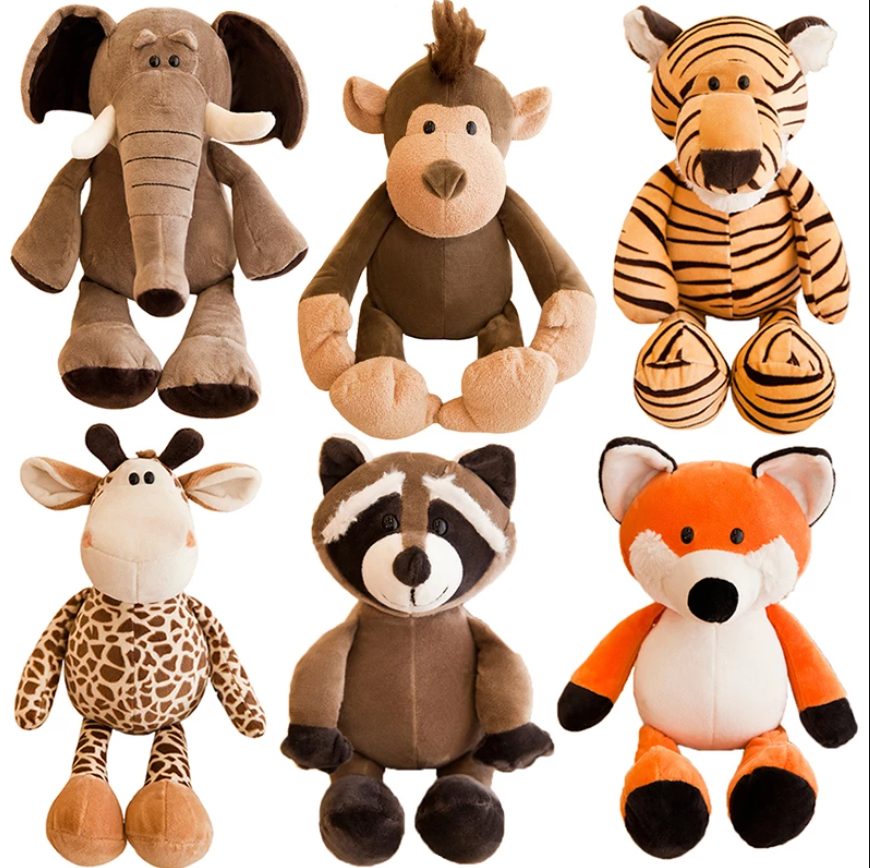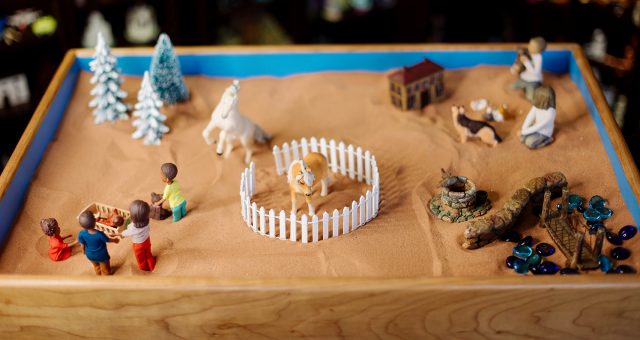Attachment theory presupposes that a child’s interactions with other people influence its development from a very young age, making an impact on their perception, thinking and behavior. John Bowlby clarifies that this concerns the real experiences and interactions, not imaginary ones, and that they are in effect long before the child can fully think for themselves. Everyday occurrences and interactions exact a formative influence on the growing child. This can be used by therapists and caregivers to have a positive and nurturing influence on their subjects, focusing on facilitating positive growth and feelings of satisfaction. The prime importance is placed on creating a strong, trusting relationship between the kid and their therapist. Attachment theory uses moment-to-moment interactions to form a strong cohesive internal structure. For a therapist, that means inserting themselves into a child’s life and attempting to have a positive influence on them. By creating an array of positive experiences in the child’s life, therapists hope to lead them onto the road of proper development and a better life.
Summarize the Clinical Case of the Jayden
Jayden is a child coming from unfortunate life circumstances, severely abused and having been left without his original parental figures. After having been tried and arrested for child abuse, the father and his girlfriend have been incarcerated, the child is left in a difficult mix between himself, child protective services, a new foster family and existing relatives fighting for his sake. In these circumstances, the boy is left with a foster family, cared for by a woman named Maria. Maria tries to understand and support the boy, but has a hard time doing so by herself. A therapist is assisting her in the process of forming a healthy relationship with Jayden and making him better adjust to his new life conditions. The use of attachment therapy is utilized to best recognize the child’s needs, as well as to find effective ways of addressing them through personal interaction. The boy feels lost and alone, so the inclusion of a more deep relationship with Maria helps him on his way to recovery.

Having learned more about attachment therapy, I would attempt to assist Jayden during his process of adaptation using plush toys. Soft toys can be a great vehicle to engage in a variety of play-activities. By playing house, or doctor with the boy, engaging in the types of play that would allow the boy to translate his own beliefs into a toy and make them more evident, I will attempt to address the potential anxieties and harmful responses to stress Jayden may have. The most important thing for the boy is learning when to ask for help, and how to properly communicate his needs to others, both of which can be accomplished through toy roleplay.
Give a definition of Sandtray and Sand Play Therapy
Sand Play therapy is a type of therapy that involves translating a person’s life experience through a creative medium. By arranging sand and toy figurines in a way that seems appropriate to them, a person can come to reflect on their life experiences, integrate them into their understanding of the world and communicate their feeling to the therapist beyond the use of language. A controlled environment in the form a sand tray is provided by and controlled by the therapist. Both the figures and the constructed environment can be either literal of figurative, relying mainly on the creator’s own sense of what they want to make.

This sandtray and the miniatures within it can be considered a good example of what sandplay therapy theoretically looks like. The space used is restricted to the space of the tray, but the amount of sand allows an individual to construct their own terrain in accordance with what they feel inclined towards. Further miniatures, figures, decorations and other types of filling can be improvised, as they are a compromised representation of a person’s thoughts and perceptions. Figures can include people, animals and other types of creatures available, and decorations range from miniature version of normal objects or smaller items used as a placeholder. The combined use of all of which gives the creator an ability to recreate their inner world in an nuanced and nonverbal manner.
Discuss how you would use this tool with the clinical case in this chapter or any other chapter discussed
In the case of little David, I would use sandplay therapy in a similar way to the therapist in the book, as a vehicle to better connect with the boy and find a way to understand his experiences. As a mostly nonverbal child, fully understanding his concerns and possible reservations is harder than desired, as the ability to communicate feelings with words moves to the background. In this situation, the use of sandplay can be especially productive, as it allows one to understand another from a glance, without having to exchange words of ask for explanations. Many of the displays that can be created reflect a person’s inner struggles, their possible concerns and thoughts about the world at large. George is not an exception in this process. As discussed by the example, the boy is rather reserved in his ability to communicate with others, having trouble expressing his feelings in an open manner. He is difficult to establish a contact with, and an ability to understand the source of his anxiety is needed. The use of the sandtray displayed that the boy feels insecure in his current position, needing to hide and protect himself from others. I would use the sandtray to further understand his experiences and find a point of reference for what he considers to be comfortable for himself. I think that the use of the sandtray can be effective in giving the boy an outlet for his emotions without the need for verbal connection.
Provide pictures of your sand tray and miniatures.
